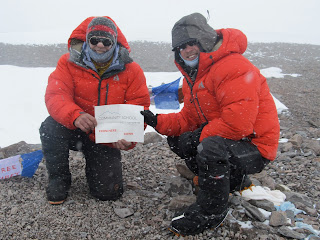Gang,
From our former fearless leader of the C-School Outdoor Program. We will keep you posted. - Travis
I am working on the Board of the "Friends" of the Avie Center now, and these are some great opportunities for some of the leadership kids to help with a very related topic and local program. I will know more about the details of what help we will need by the end of the week. Also, if a school kid or teacher team wants to compete in the "skin2win" randonee race, let me know. All proceeds go to the avie center. More soon, but get the word out.....
tommy
1/12 Volunteer Meeting 5:30pm (probably at the Sun Valley Gun Club out Sun Valley Road, but will send details soon)
1/28 Skin It 2 Win It Randonee Race, Dollar Mountain, 10am - 3pm (allow set-up/take down time)
2/2 Banff Raffle Ticket Sales at Nordic Night, Downtown Ketchum, 5pm - ?
2/3 Banff Raffle Ticket Sales at Banff Film Festival, NexStage Theatre, 5:45pm - 7pm and intermission, includes movie ticket
2/4 Banff Raffle Ticket Sales at Banff Film Festival, NexStage Theatre, 5:45pm - 7pm and intermission, includes movie ticket

 Course Objectives
Course Objectives














